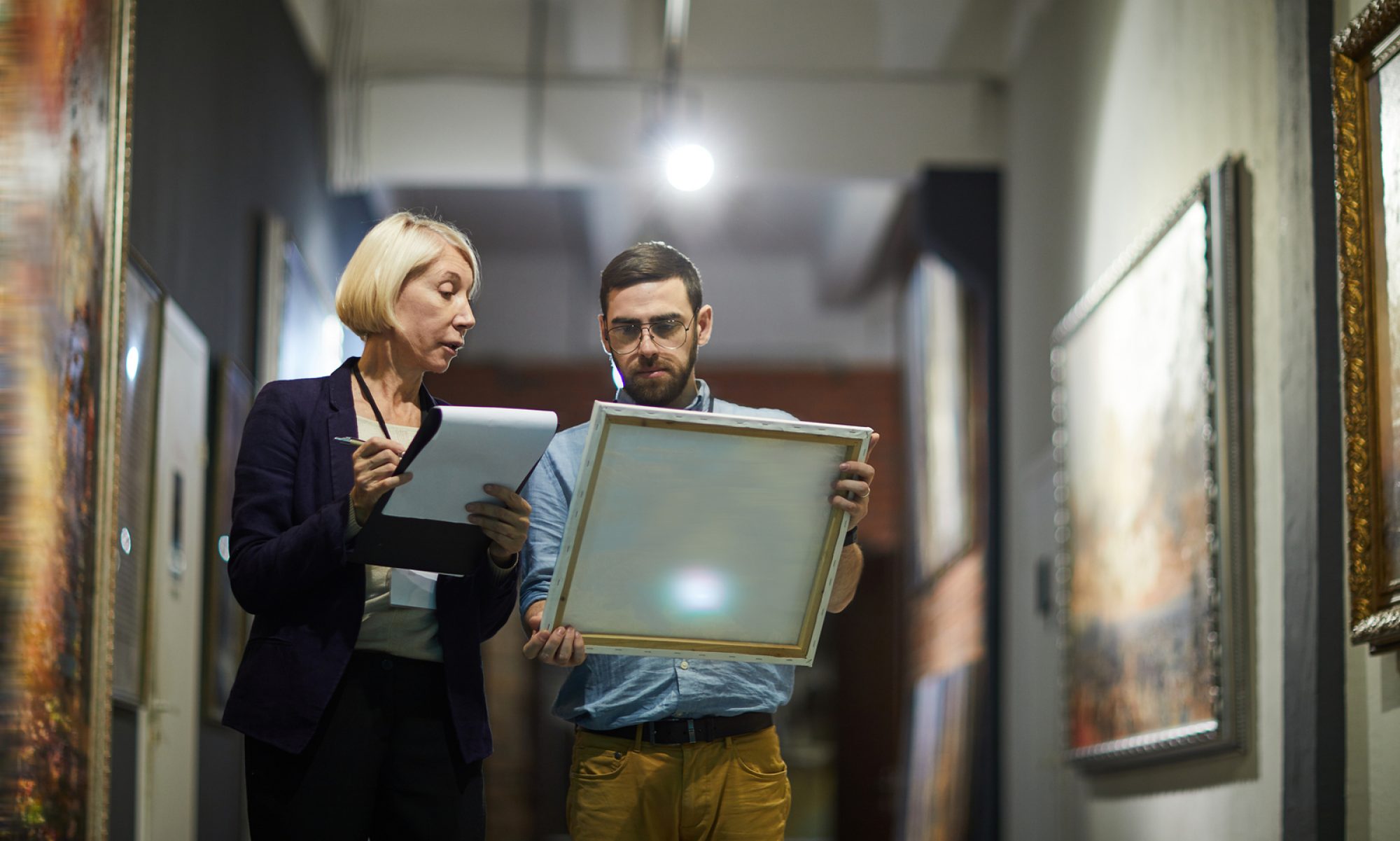As time passes, the number of scammers is growing, and their schemes are becoming more and more sophisticated. The arts industry has always been a honeypot because of a powerful lot of money being invested in it. When it comes to an art scam, most of the time, the victims are artists chasing after reputation and acknowledgment. However, collectors and dealers also fall into the traps of scammers when they try to buy or sell artworks.
Whether you want to become an artist or plan to start your own art collection, it is of fundamental importance that you know the ways how to avoid scams. Even if you cannot protect yourself from some complex ones, you should always know the most common types and how to fight them.
4 easiest ways to identify an art scam
1. Do not fall for ads
It is so obvious that there is almost no point talking about it. Ads—especially if they are in the spam folder—are the number one red flag, meaning that someone wants to scam you.
2. Ignore phishing emails
Another art scam is a phishing email, a slightly different thing as compared to the previous one. Such emails seem to be written by potential buyers, which is not the case.
3. Try to find out more about a buyer/seller
When a message looks like a decently written one, be twice as careful. It might well be a more experienced scammer who knows how to use the right words to lead you astray and steal your money or artworks.
4. Watch the language
The majority of scammers are not that advanced, and they are looking for newcomers who do not yet have a clue what is going on. If you see a poorly written text and text formatting, you can delete the conversation without a doubt.
Now, when you know the difference between black and white, you can easily avoid an art scam on the Internet and pursue your dreams safely. Good luck!

